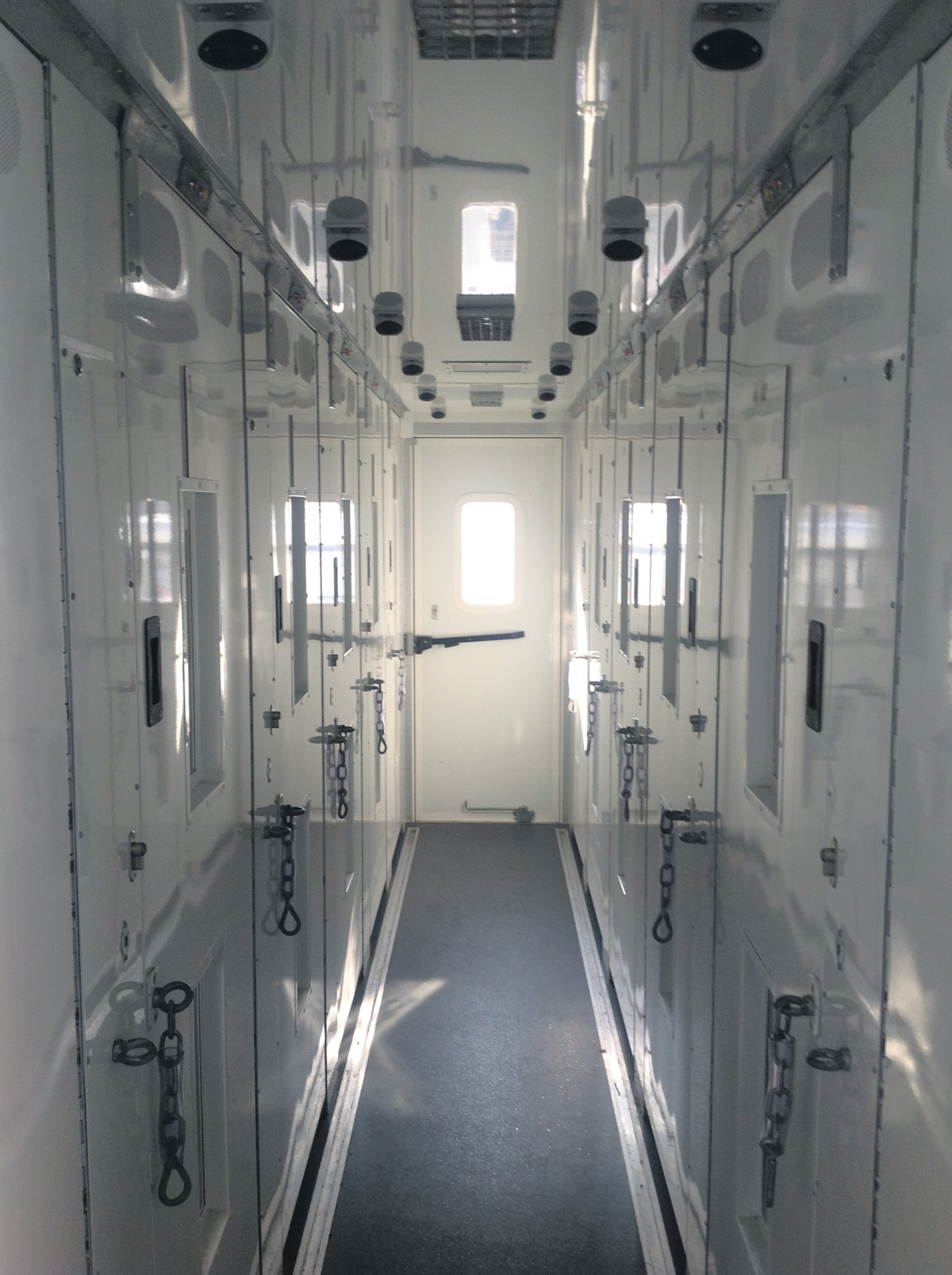Prison deaths scandal: invest in better inmate and staff conditions
Prison officers and inmates are in danger because of cuts, photo West Midlands Police (Creative Commons) (Click to enlarge: opens in new window)
‘Chris Miller’, Prison officer and POA union rep
The latest government statistics show yet another record high in prison deaths and violence. In fact the annual rate of deaths in custody, many of them self-inflicted, has doubled since 2012.
It is no coincidence that 2012 was the year that preceded the woeful “competition benchmarking” programme – a cost-cutting exercise that saw a 30% reduction in prison officers nationally.
Historically prison officers have been very skilled at identifying those at risk of self-harm or suicide. This was because officers had the time, resources and experience when it came to building professional relationships with prisoners.
Personal officer schemes, where an officer was the first point of contact for a small number of prisoners, were fit for purpose and in place up and down the country.
However, these schemes were removed under benchmarking. Where a lack of proper resourcing occurs – the majority of establishments – this results in unsafe regimes and a toxic mix of drug and gang-fuelled violence.
Staffing is not the only contributing factor, of course.
Prisons are flooded with men, women and children who require the treatment and intervention that only a secure hospital can provide. But with very limited beds available in these facilities, they are dumped into the prison system – where prison officers receive no specific training in how to care for them.
Prisoners are also, at times, left in cells for 23 hours a day, with no power or without a flushable toilet – while privatised maintenance providers ensure every nut and bolt is billed to the tax payer before repairs commence.
And their medical needs are left at the mercy of privatised healthcare providers.
Some of the system’s most violent and vulnerable prisoners are located at HMP Grendon. Grendon suffers very few of the issues mentioned, as it is a highly funded therapeutic community which takes a multidisciplinary approach to tackling violence and self-harm. Staff at Grendon are highly trained and in sufficient numbers.
The government, which seems not to have answers in dealing with the prison crisis, could start by looking there – if it was serious about reducing prison deaths and violence, or enhancing rehabilitation.









